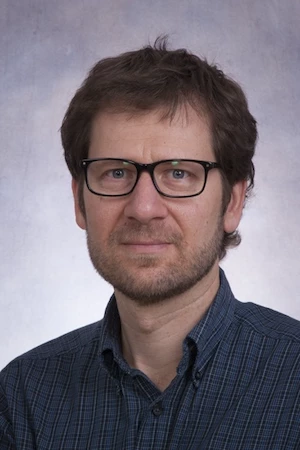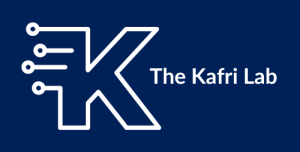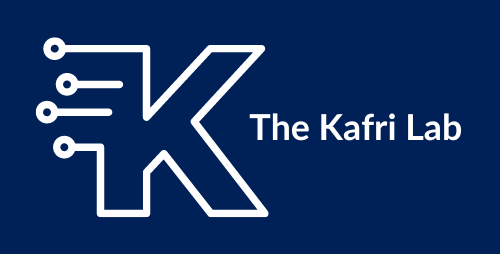The Kafri Lab
Exploring the intersection of cell size, longevity and cancer prevention
Our mission
At the Kafri Lab, our goal is to understand the molecular mechanisms that influence traits like cell size and lifespan. This research could help identify new drug targets and strategies to prevent age-related diseases, including cancer.
What do we study?
Our lab studies two main areas:
- Preventing human cancers
- Understanding how mammalian lifespan is controlled
Both topics came from our exploration of a simple idea—how cells control their size. We discovered that animals with larger cells, like mice, usually have shorter lifespans, while those with smaller cells, like fruit bats, tend to live longer. Additionally, in collaboration with the Malkin Lab at SickKids, we found that humans who are more likely to get cancer, like those with Li-Fraumeni Syndrome (LFS), develop tumours earlier if their cells are larger.
So, what connects cell size to longevity and cancer? The key is in anabolic pathways like mTORC1. When mTORC1 activity is high, it promotes cell growth, resulting in larger cells. However, this same activity can speed up aging and the development of cancer. Our lab aims to understand how mTORC1 and similar pathways not only control cell size but also influence lifespan and the risk of diseases.
Cell size and growth regulation
What determines the specific size of each of the different cell types? And why are cells regulated to have one specific size over another? How are the particular cell size values encoded in the chemistry of signaling?
Longevity and aging
Our research indicates a strong link between cell size and longevity. Collaborating with the Toronto Zoo and other institutions, we’ve discovered that smaller cells and slower growth rates are often associated with longer lifespans in various mammalian species.
Advancing early cancer diagnosis for LFS patients
We are exploring new ways to prevent cancer, particularly in relation to Li-Fraumeni Syndrome (LFS), a rare genetic disorder that greatly increases cancer risk. Our research has found a link between the growth rate of skin fibroblasts and the age at which cancer is diagnosed in both mouse models and LFS patients. This finding paves the way for potential diagnostic tools and preventive strategies. Based on this research, we are creating skin biopsy-based tests for early cancer prognosis in LFS patients. By identifying those at higher risk, we can implement more targeted and frequent monitoring, which may lead to earlier tumor detection and better outcomes.
Tools and strategies
Ergodic rate analysis (ERA)
We are creating mathematical methods that take advantage of variability between individual cells to gain insights into the signaling that regulates reporter targets. One such method, called ERA, allows us to obtain detailed information about the intracellular dynamics of a labeled protein or phospho-protein using just a single snapshot image of fixed cells.
In-house software
The Kafri Lab has been developing specialized software to automatically classify fibroblasts into distinct, computationally defined morphologies. This software analyzes hundreds of thousands of imaged cells, grouping them based on similar shapes and characteristics.
Ran Kafri
Principal Investigator
Dr. Kafri is a Senior Scientist at The Hospital for Sick Children (SickKids) Research Institute and an Assistant Professor of Biochemistry at the University of Toronto.
Dr. Kafri received his B.Sc. from Ben-Gurion University in Israel, and completed a PhD in Molecular Genetics at the Weizmann Institute of Science in 2006. He then continued his training as a Postdoctoral Fellow at Harvard Medical School. Dr. Kafri was a Lecturer of Systems Biology at Harvard Medical School until he was recruited to SickKids in 2013. He then established a laboratory to study how mTORC1 is fundamentally related to cancer risk.



